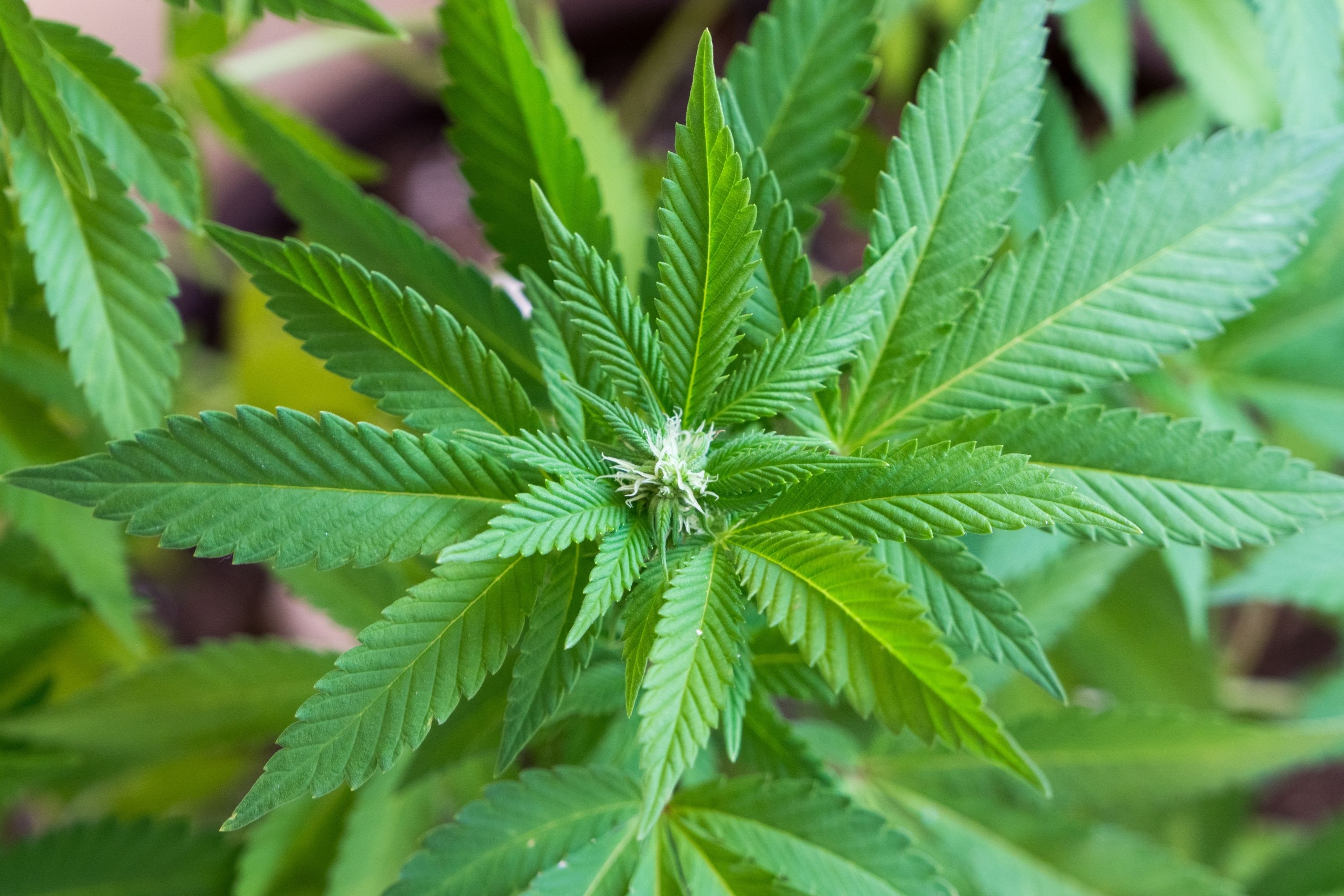Marijuana
(Cannabis sativa)

Description
Cannabis sativa is a plant species belonging to the Cannabaceae family. It is widely known for its psychoactive properties, but it has been used for medicinal and industrial purposes for thousands of years. The plant is native to Central Asia and the Indian subcontinent and has been spread around the world by human migration and cultivation. In this article, we will explore the various aspects of Cannabis sativa, including its history, biology, cultivation, chemistry, and medicinal and industrial uses. History: Cannabis sativa has been used by humans for various purposes for thousands of years. The plant was first domesticated in Central Asia and the Indian subcontinent around 6,000 years ago. The ancient Chinese used the plant for its medicinal properties, while the Indians used it in religious ceremonies. The plant was also used as a source of fiber for clothing and paper. Cannabis was introduced to the Western world by the Spanish in the 16th century, and its use spread rapidly throughout Europe. By the 19th century, cannabis was widely used as a medicinal herb in the United States. However, the use of cannabis became restricted in the early 20th century, and it was classified as a Schedule I drug in the United States in 1970. Biology: Cannabis sativa is an annual herb that can grow up to 20 feet tall. The plant has long, thin leaves and produces small, green flowers that develop into sticky buds. The flowers of the female plant contain resin glands that produce cannabinoids, the active compounds in cannabis. Cannabis plants are dioecious, which means that there are separate male and female plants. Male plants produce pollen, while female plants produce seeds. However, only the female plants are used for medicinal and recreational purposes because they produce higher levels of cannabinoids. Cultivation: Cannabis sativa can be grown indoors or outdoors, depending on the climate and growing conditions. The plant requires warm temperatures, plenty of light, and well-drained soil. The growing medium should be rich in nutrients and have a pH between 6.0 and 7.0. Cannabis plants can be propagated from seeds or cuttings. Seeds can be germinated in soil or water, and the resulting seedlings can be transplanted into larger containers or directly into the ground. Cuttings can be taken from mature plants and rooted in water or soil. Cannabis plants require a lot of care and attention to produce high-quality buds. They need to be watered regularly, and their nutrient levels need to be carefully monitored. The plants also need to be pruned and trained to ensure maximum yields. Chemistry: Cannabis sativa contains over 100 different cannabinoids, including tetrahydrocannabinol (THC) and cannabidiol (CBD). THC is the primary psychoactive compound in cannabis, while CBD has been shown to have various medicinal properties. The concentration of cannabinoids in cannabis plants varies depending on the strain, growing conditions, and harvesting methods. THC levels can range from less than 1% to over 30%, while CBD levels can range from less than 1% to over 20%. The terpenes, or aromatic compounds, in cannabis also contribute to the plant's medicinal and psychoactive properties. Terpenes such as myrcene, limonene, and linalool have been shown to have various medicinal properties and can affect the flavor and aroma of cannabis. Medicinal uses: Cannabis sativa has been used for medicinal purposes for thousands of years. The plant has been shown to have various therapeutic properties, including pain relief, anti-inflammatory, and anti-anxiety effects.
Taxonomic tree:







